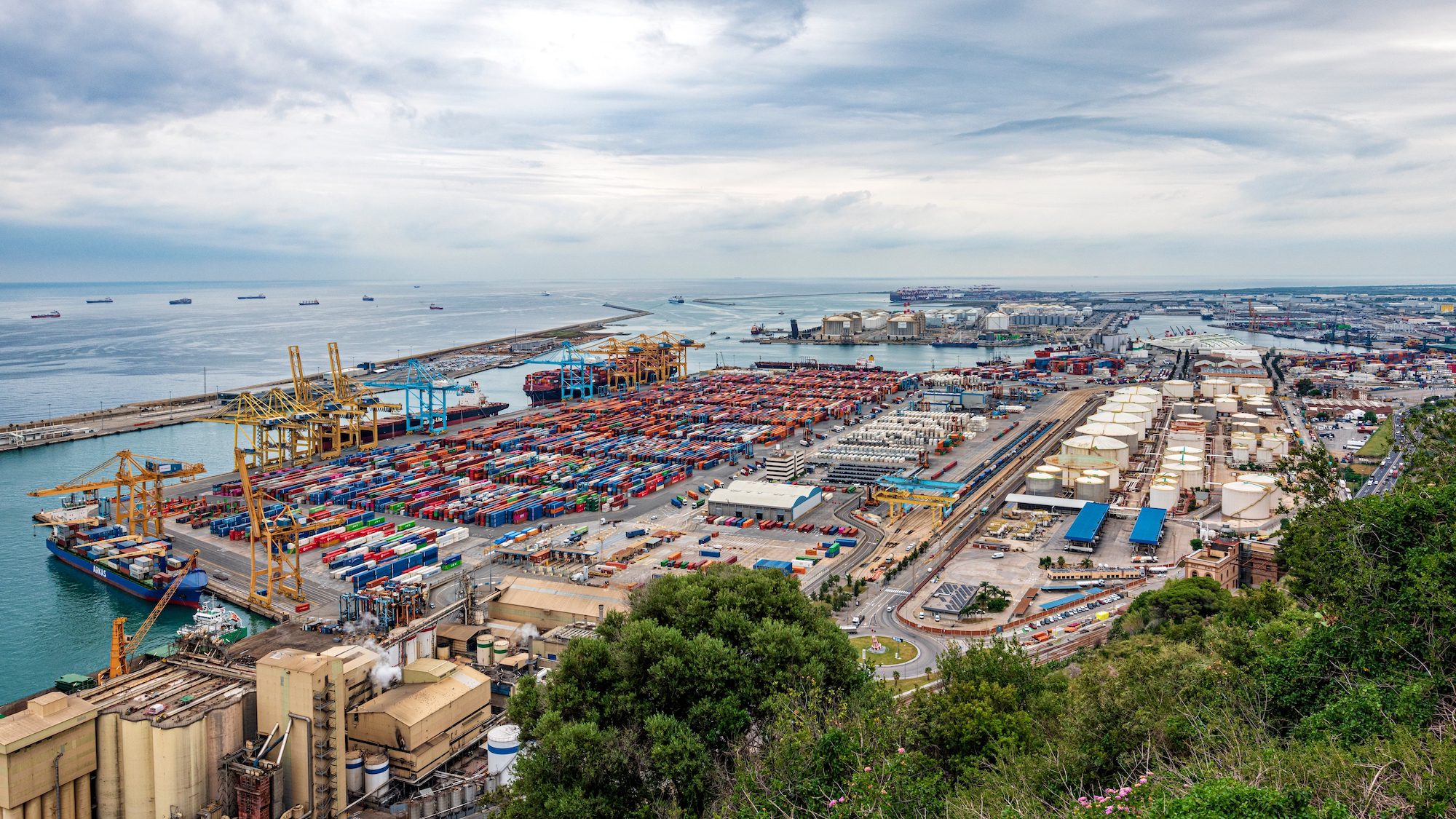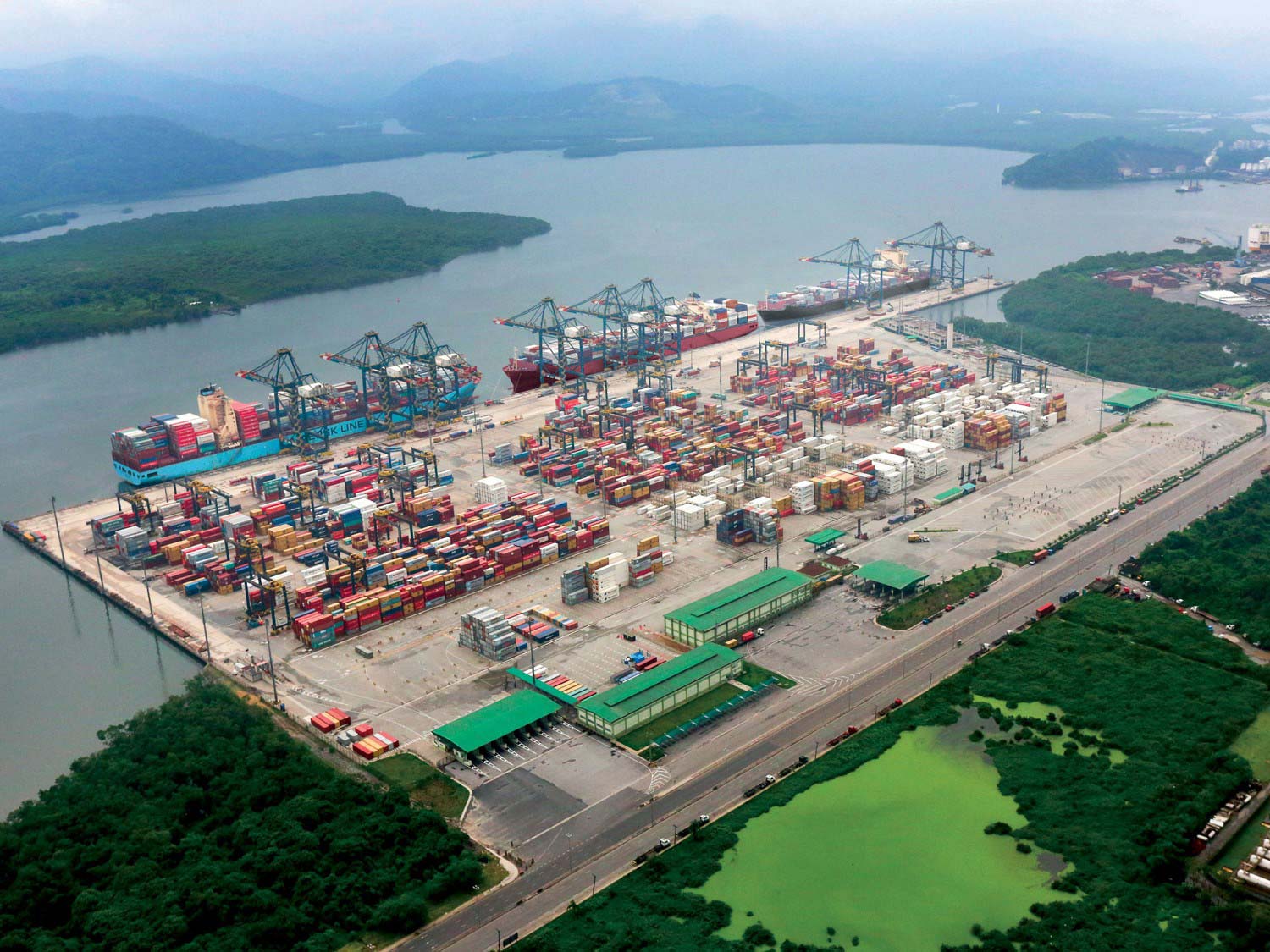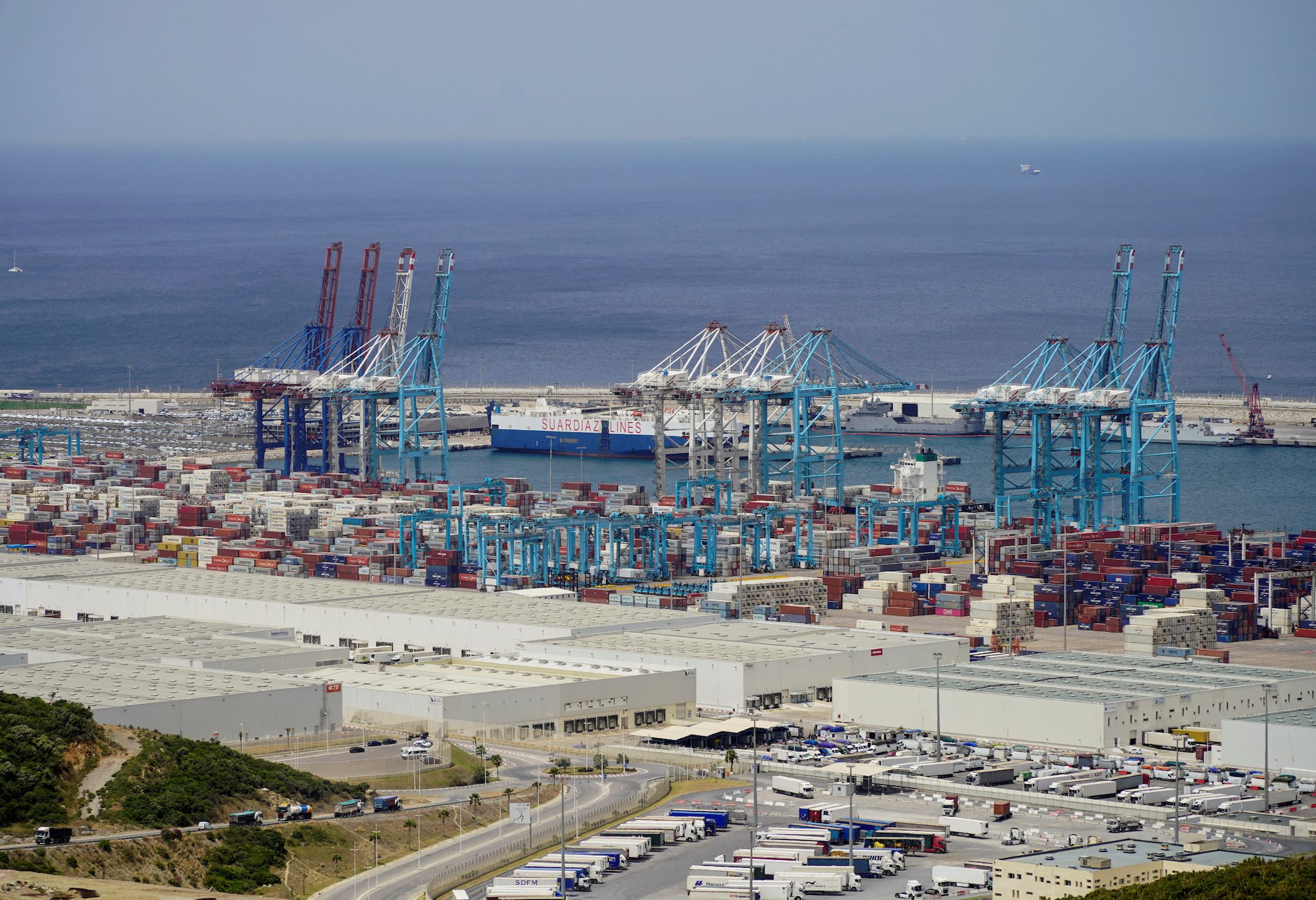By Laura Curtis (Bloomberg) —
US dockworkers are set to meet with their employers in New Jersey, resuming negotiations on the key issue of automation that sparked a three-day strike at major East and Gulf Coast ports last month.
The target date to reach a deal is Jan. 15 and the thorniest issues are still unresolved. When the International Longshoremen’s Association and US Maritime Alliance agreed on a 62% pay raise in order to suspend the strike in early October, they left more difficult issues like automation for after the presidential election.
Clouding the picture is a changing political backdrop during the US government’s leadership transition: The outgoing Biden administration may not be as engaged as before, and Donald Trump’s vocal union support while he was a candidate angling for middle-class votes will be tested as he returns to the White House.
Dockworkers Dig In: ILA Breaks Off Talks with USMX, Threatening January Port Chaos
The new deadline looms just five days before Trump’s inauguration, and if the union and USMX, as the group of terminal operators and ocean carriers is known, don’t come to an agreement before Jan. 15, a second port strike could be one of the first challenges facing Trump’s next administration.
ILA President Harold Daggett had been telling members to prepare for a coast-wide strike for months, even before calling off negotiations back in June. According to the USMX, Daggett spent the summer refusing to negotiate beyond his demand for a near-80% raise over life of the next six-year deal.
He delivered on his promise on Sept. 30, with a strike that shut every major port from Maine to Texas and panicked consumers, small businesses and hurricane-hit areas in need of supplies.
Under pressure from the Biden administration, the two sides struck a deal to suspend the strike, agreeing on the raise that would kick in when a new contract is signed.
Even with the election out of the way, Daggett has maintained his leverage. He proved he can shut down the ports, which move about half of all US seaborne trade, and the inauguration of President-elect Trump is just five days after the new deadline.
Automation Argument
In a letter to members on Oct. 5, Daggett explained why the pay raise won’t kick in immediately. “If we were to accept the wage increase now, we would have to sign a no-strike clause. This would give the employers the leverage to block us from addressing other crucial issues,” he said.
One of those issues is automation at the ports. The language on technology in the existing contract — which USMX has offered to maintain as a concession to the union — already gives the ILA a significant voice on any proposed rollout of new technology.
The contract sets up a New Technology Committee with seven members from each side who would work together to determine the impact of the proposal on head count, wages and agree on workforce protections and staffing levels.
That contract also already bans the development of “fully automated” terminals and forbids the use of such equipment, defined as machinery or other equipment devoid of human interaction.
Daggett is seeking to take that further, and laid that out to union members in the Oct. 5 letter. “By extending negotiations, we aim to establish strong protections against the introduction of remote-controlled or fully automated machinery that threatens our work jurisdiction.”
Lame Duck Deal?
The ILA and their ocean liner and terminal operator employers will also have to agree on other sticky issues on work jurisdiction. Health-care benefits for members and retirees, and container royalties, are also on the line, according to the union.
During the strike, both the Biden administration and then-candidate Trump backed the labor union, each accusing the foreign-owned ocean carriers of exploiting workers during the pandemic.
The ILA didn’t endorse a presidential candidate, though according to Daggett, Trump “promised to support the ILA in its opposition to automated terminals” during a meeting at his Mar-a-Lago resort last fall.
“American workers should be able to negotiate for better wages, especially since the shipping companies are mostly foreign flag vessels,” then GOP-candidate Trump said during the October strike. At a separate event, Trump said the dockworkers “also don’t want to see certain new technologies, which in many cases don’t work very well.”
At least this time around, the post-holidays timing of a strike isn’t as critical for many retailers, according to Jess Dankert, supply chain vice president at the Retail Industry Leaders Association, whose members include Best Buy, Target and Home Depot.
Many businesses have been in contingency planning mode for months, she said, front-loading or diverting goods to get ahead of potential labor disruptions — as well as any new tariffs.
But any disruption would worsen supply chains that are already under strain. The ongoing threat of Houthi attacks on shipping vessels continue to tie up global capacity. Within North America, separate unions at Canada’s top three ports out have been on strike in recent weeks.
Some of that volume is expected to be diverted to other ports, including the Port of Los Angeles and the Port of Long Beach, the largest maritime trade gateway in the US. The Southern California hubs are already managing containers at near-pandemic records, and backups particularly for rail-bound containers are mounting.
Still, Dankert said she’s hopeful the two sides will reach an agreement before the deadline. “There’s still a lot of runway left,” she said.
© 2024 Bloomberg L.P.

 Join The Club
Join The Club










